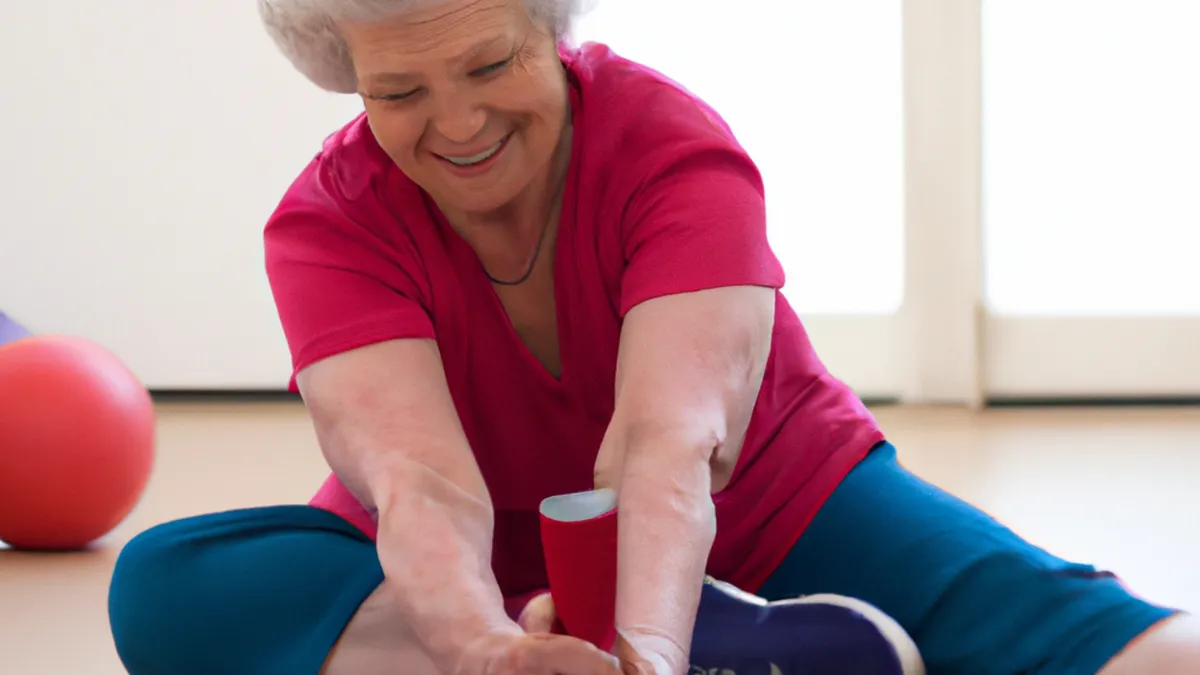Age-Defying Metrics: Staying Active After 60
Metrics That Matter for SeniorsAs we age, maintaining health and activity is crucial. Seniors can enhance well-being by tracking essential metrics. This blog explores key metrics for seniors and effective monitoring methods.
Key Health Metrics
Understanding health metrics empowers seniors to manage their health. Here are vital metrics to track:
Blood Pressure
Blood pressure measures blood force against artery walls. High blood pressure, or hypertension, increases the risk of heart disease and stroke. Seniors should target a reading below 130/80 mmHg. Regular home monitoring helps identify concerning changes. Many pharmacies and community centers provide free blood pressure checks. Alternatively, invest in a reliable home monitor. Keeping a log of readings offers insights for your healthcare provider.
Body Mass Index (BMI)
BMI provides a simple assessment of body weight relative to height. Seniors should aim for a BMI between 18.5 and 24.9. A higher BMI may indicate obesity, leading to diabetes and joint issues. Use an online calculator to determine your BMI and set realistic weight management goals. Remember, BMI doesn’t consider muscle mass, so evaluate it alongside waist circumference and overall fitness.
Cholesterol Levels
Cholesterol levels significantly impact heart health. Total cholesterol should ideally remain below 200 mg/dL. Seniors must monitor LDL (bad cholesterol) and HDL (good cholesterol) levels. Regular blood tests track these values and inform dietary decisions. A heart-healthy diet rich in fruits, vegetables, whole grains, and healthy fats can improve cholesterol levels. Discuss cholesterol check frequency with your healthcare provider based on your health history.
Physical Activity Metrics
As an Amazon Associate I earn from qualifying purchases.
Gear tip: consider light resistance bands, ankle weights, and supportive leggings to support this topic.
Physical activity is essential for seniors. Tracking activity levels can boost motivation and health. Here are key metrics to consider:
Steps Taken
Tracking daily steps encourages seniors to stay active. Aim for 7,000 to 10,000 steps daily. Use a pedometer or smartphone app for easy tracking. Gradually increase your step count to enhance endurance and strength. Walking serves as a low-impact, accessible exercise. Consider adding varied activities like gardening, dancing, or swimming to keep it engaging.
Exercise Duration
Exercise duration also matters. Seniors should aim for 150 minutes of moderate-intensity aerobic activity weekly. Include walking, swimming, or cycling—activities that elevate heart rates without excessive strain. Break it into manageable sessions of 30 minutes, five times a week, to enhance achievability. Incorporate strength training exercises twice a week to maintain muscle.
Conclusion
Tracking key health and activity metrics empowers seniors to enhance their well-being and quality of life.
Below are related products based on this post:
FAQ
What are the key health metrics seniors should track?
Seniors should focus on tracking blood pressure, body mass index (BMI), and cholesterol levels. Monitoring these metrics helps manage health and can prevent serious conditions such as heart disease and diabetes. Regular checks provide valuable insights for healthcare providers.
How can seniors monitor their blood pressure effectively?
Seniors can monitor their blood pressure at home using a reliable monitor or by visiting pharmacies and community centers that offer free checks. It’s recommended to aim for a reading below 130/80 mmHg and keep a log of readings to share with healthcare providers. Regular monitoring helps identify concerning changes early.
What is the recommended amount of physical activity for seniors?
Seniors should aim for 150 minutes of moderate-intensity aerobic activity each week. This can be broken down into manageable sessions of 30 minutes, five times a week. Incorporating strength training exercises twice a week is also beneficial for maintaining muscle health.















Post Comment